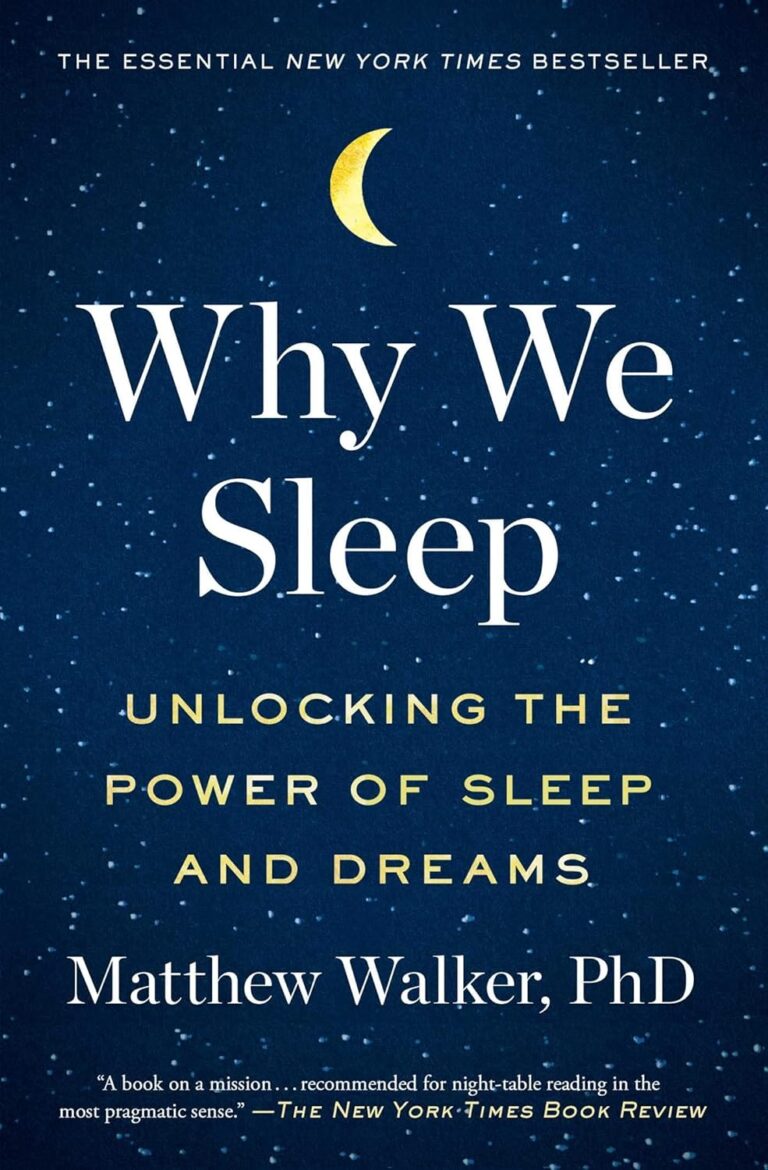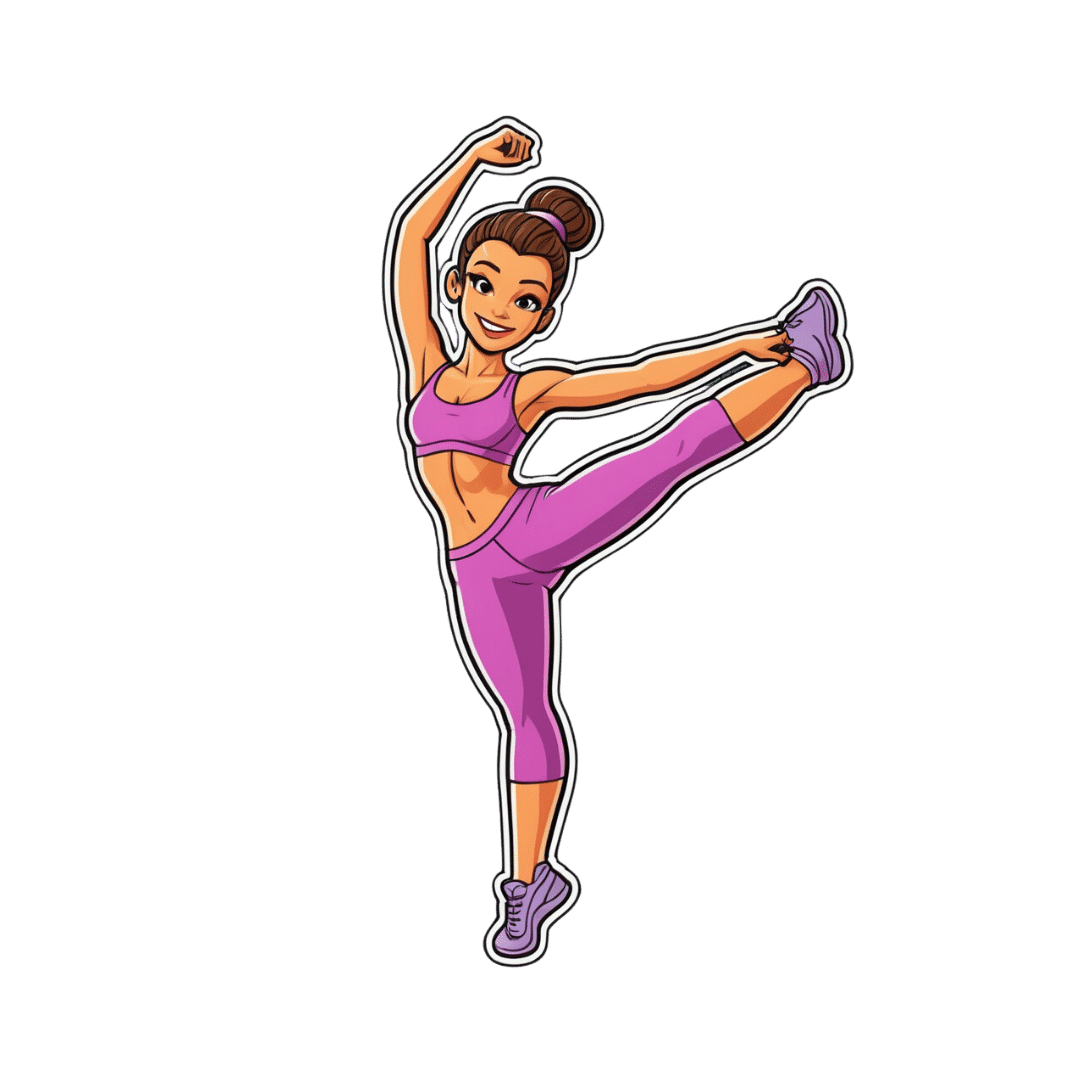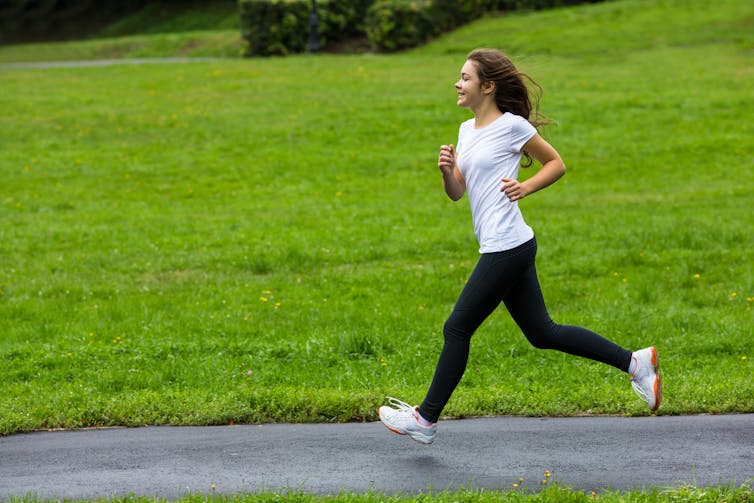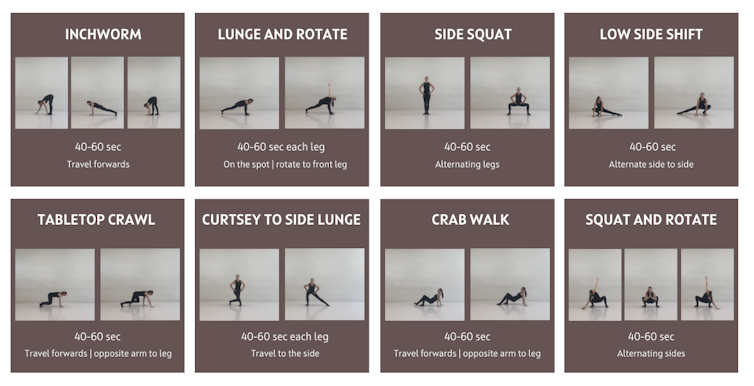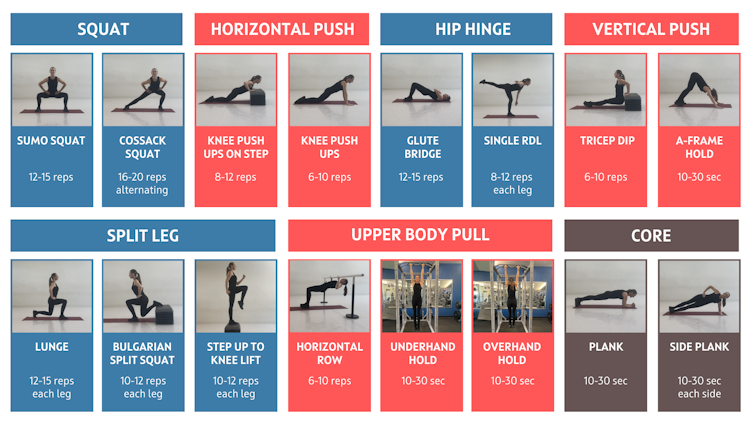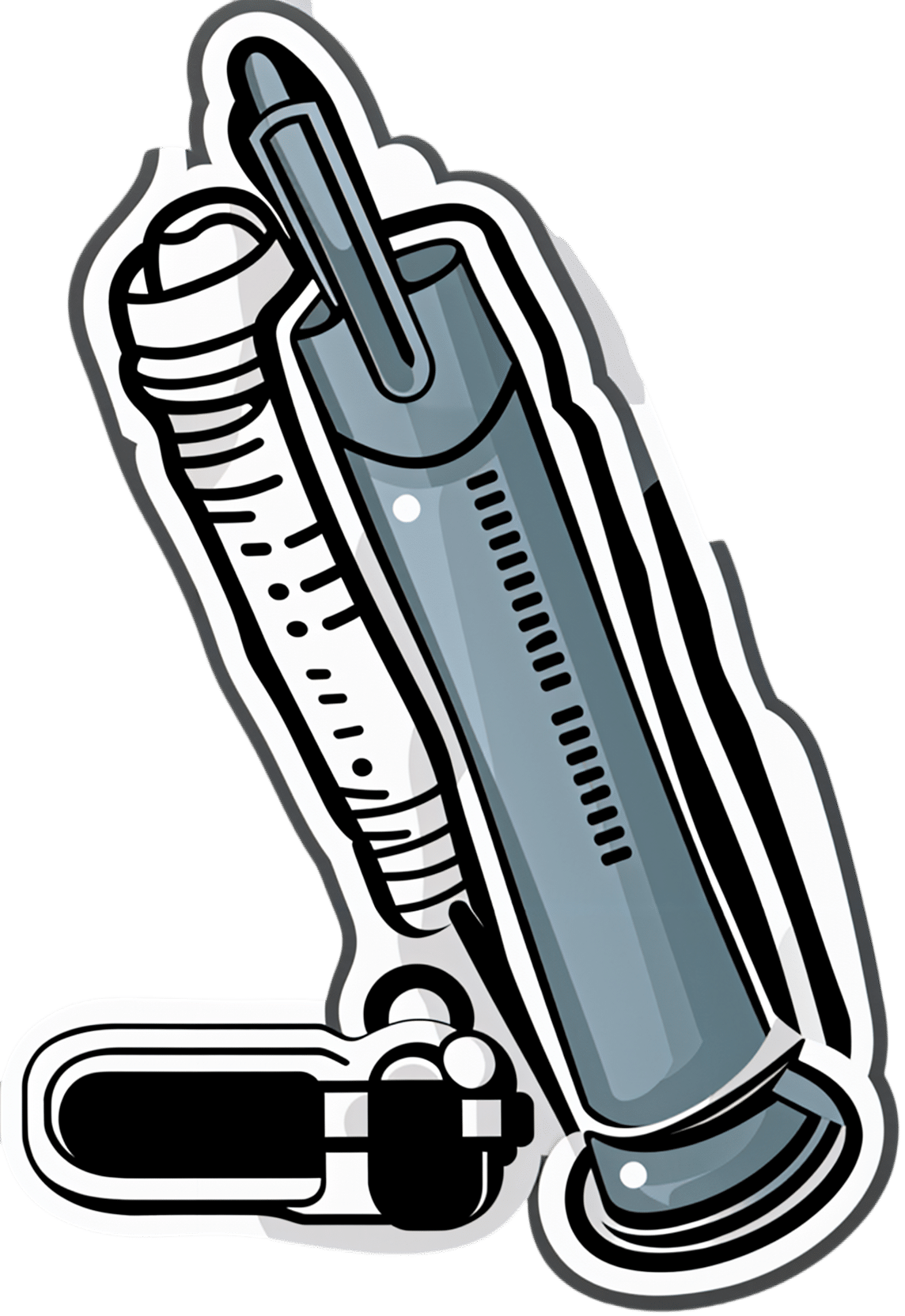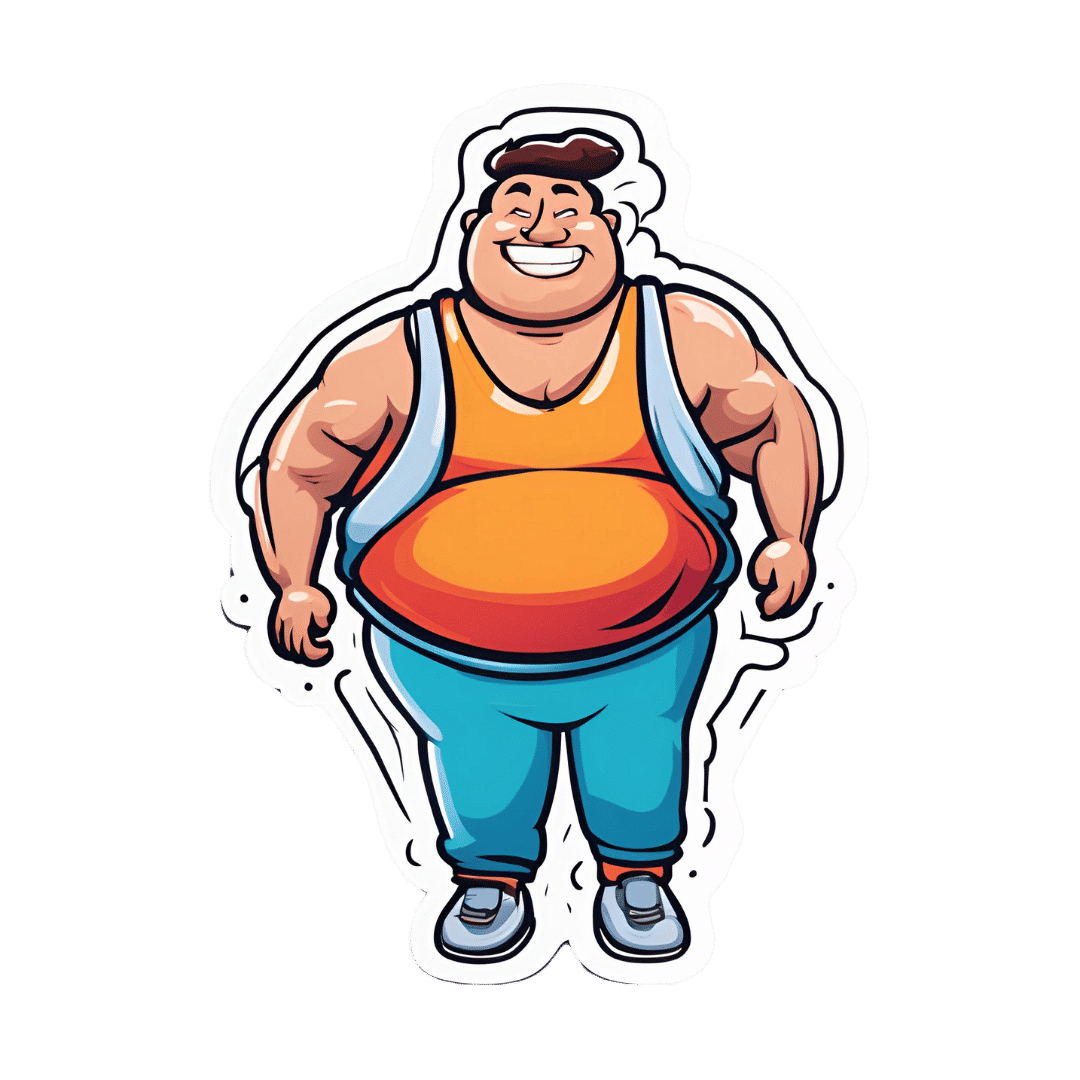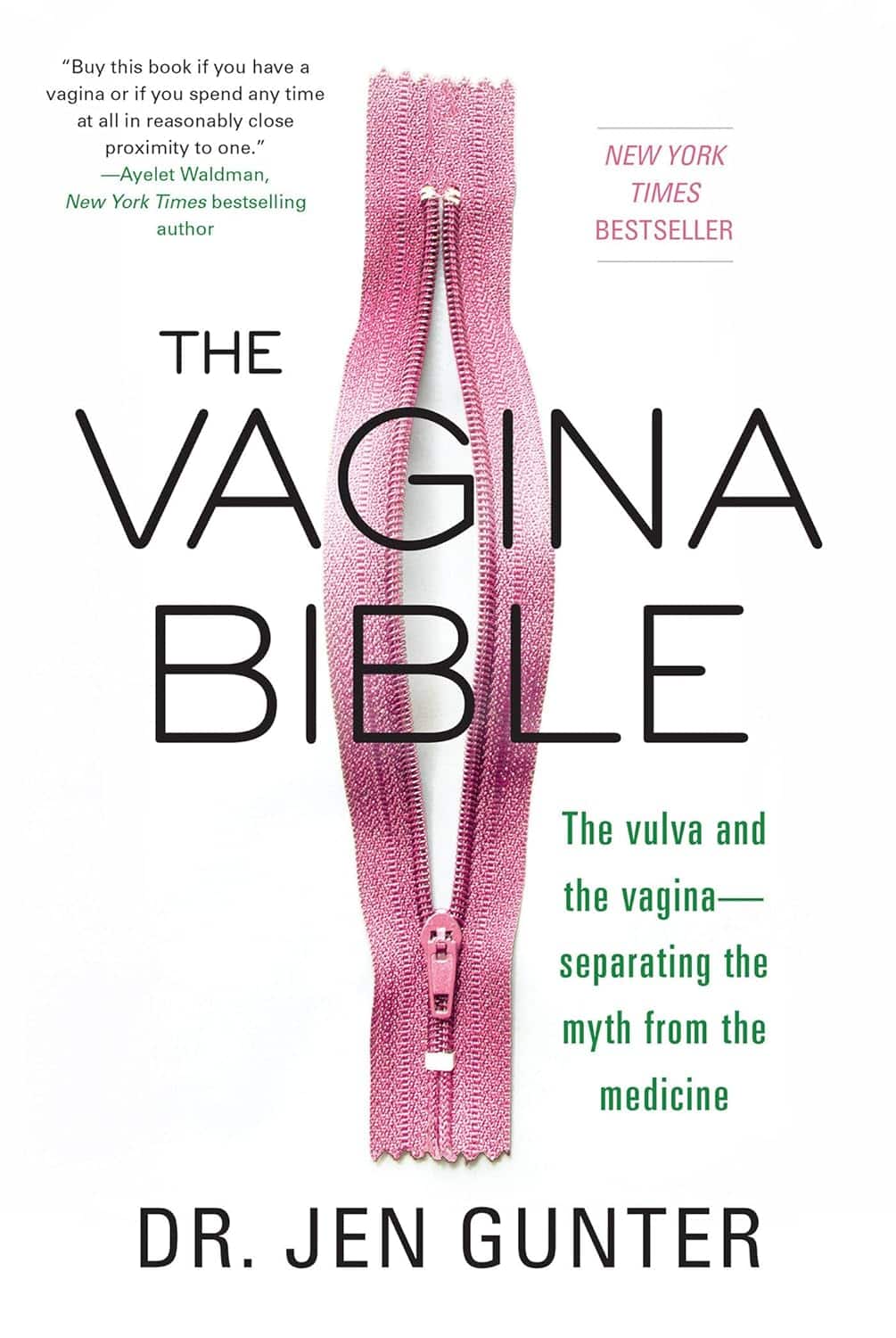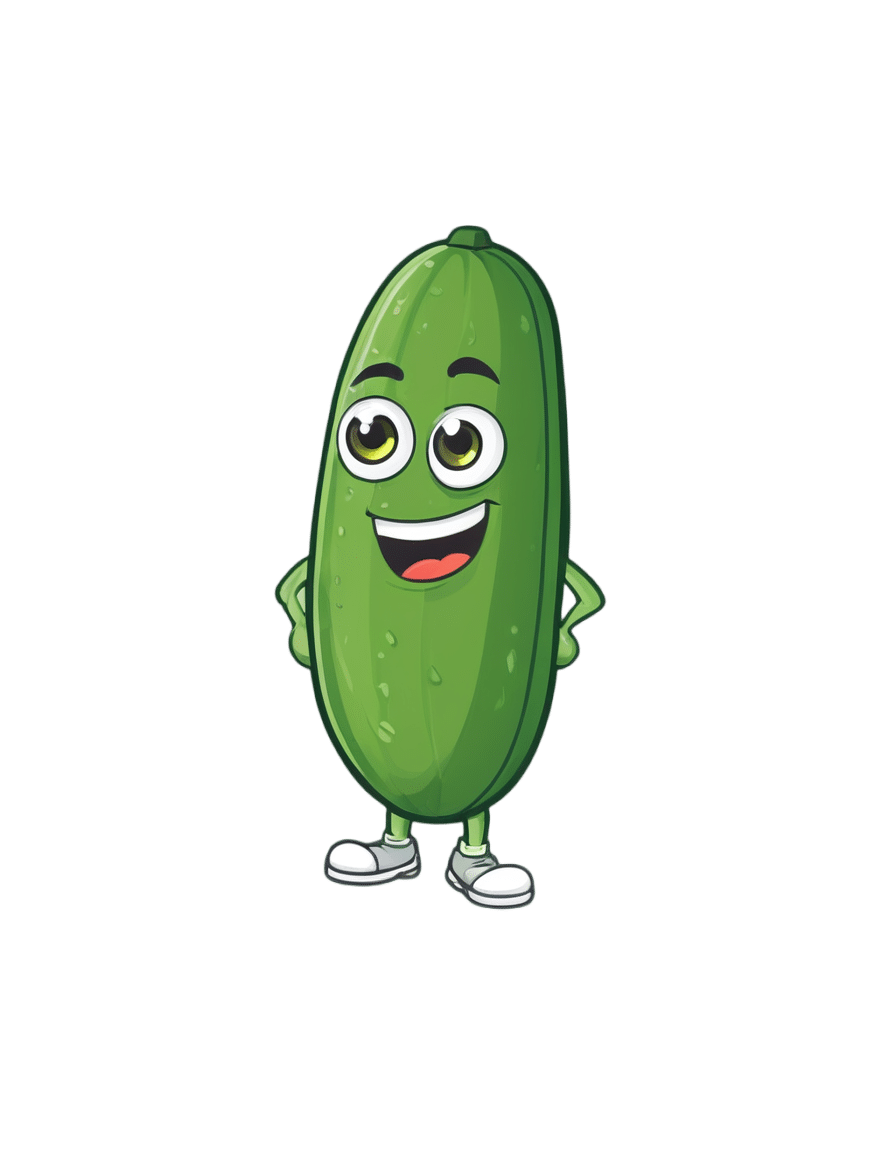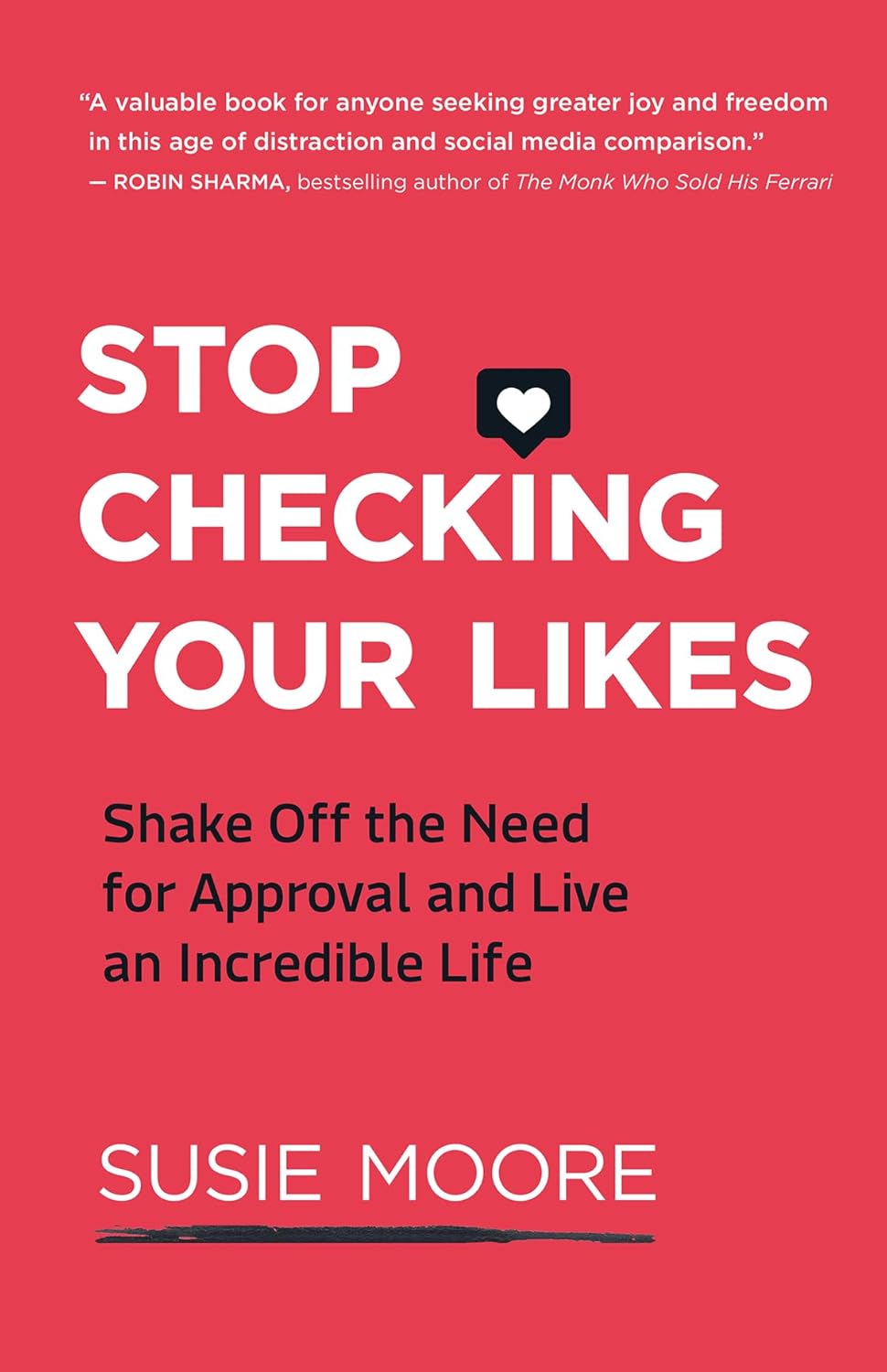
Stop Checking Your Likes – by Susie Moore
10almonds is reader-supported. We may, at no cost to you, receive a portion of sales if you purchase a product through a link in this article.
You might think this one’s advice is summed up sufficiently by the title, that there’s no need for a book! But…
There’s a lot more to this than “stop comparing the worst out-takes of your life to someone else’s highlight reel”, and there’s a lot more to this than “just unplug”.
Instead, Susie Moore discusses the serious underlying real emotional considerations of the need for approval (and even just acceptance) by our community, as well the fear of missing out.
It’s not just about how social media is designed to hijack various parts of our brain, or how The Alogorithm™ is out to personally drag your soul through Hell for a few more clicks; it’s also about the human element that would exist even without that. Who remembers MySpace? No algorithm in those days, but oh the drama potential for those “top 8 friends” places. And if you think that kind of problem is just for young people 20 years ago, you have mercifully missed the drama that older generations can get into on Facebook.
Along with the litany of evil, though, Moore also gives practical advice on how to overcome those things, how to “see the world through comedy-colored glasses”, how to ask “what’s missing, really?”, and how to make your social media experience work for you, rather than it merely using you as fuel. ← link is to our own related article!
Bottom line: if social media sucks a lot of your time, there may be more to it than just “social media sucks in general”, and there are ways to meet your emotional needs without playing by corporations’ rules to do so.
Click here to check out Stop Checking Your Likes, and breathe easy!
Don’t Forget…
Did you arrive here from our newsletter? Don’t forget to return to the email to continue learning!
Recommended
Learn to Age Gracefully
Join the 98k+ American women taking control of their health & aging with our 100% free (and fun!) daily emails:
-
My dance school is closed for the summer, how can I keep up my fitness?
10almonds is reader-supported. We may, at no cost to you, receive a portion of sales if you purchase a product through a link in this article.
Once the end-of-year dance concert and term wrap up for the year it is important to take a break. Both physical and mental rest are important and taking a few weeks off can help your body repair and have a mental break from dance.
If your mind and body are in need of an extended break (such as more than a few weeks), then it’s more than OK to take longer off, especially if you are training at a competitive or pre-professional level.
There is benefit in enjoying other aspects of your life outside of dance such as spending time with family, friends and enjoying hobbies.
Tatyana Vyc/Shutterstock A safe, fulfilling dancing life
Creating meaning and value in life outside of dance and expanding sense of self can make it easier to lean into other aspects when experiencing change or difficult times during dance training such as being injured.
Taking an extended break from dance training will, however, mean losing some fitness and physical capacity. When you return to dance your body will take time to return to full capacity again.
Approaches such as being “whipped back into shape” can promote sudden spikes in training load (hours and intensity of training) which can increase the risk of injury. It is advised to gradually and progressively increase training load over time to allow the body to adapt and return to full capacity safely.
A four-to-six week period of gradually progressing training load and introducing jumping has been suggested in dance settings.
For dancers wanting to maintain fitness over the summer holidays, a great place to start is focusing on building a physical foundation.
Exercise like running can help build a physical foundation. Jacek Chabraszewski/Shutterstock Building a physical foundation means focusing on targeted areas of fitness such as full body strength, cardiovascular fitness or stamina (such as skipping, cycling walking, running, swimming), flexibility, and some dance-specific conditioning (for example, calf rises for ballet).
A good physical foundation will mean an improved capacity and fitness level so your body is ready to take on more challenging dance movements and routines once you return to the studio.
Building full body strength at home or at the park
A great place to start is by choosing movements that require your muscles to work to support your own body weight.
Fundamental movements such as crawling (moving on the floor on hands and feet) and locomotion (travelling movements such as lunging, hopping, sliding) are great for developing body control, arm and leg stability and coordinated movement patterns.
Below is a sequence that can be used as a warm up and even as a workout itself. The ten minute sequence is based on gross motor and fundamental movement patterns. It includes exercises that work through a range of joint movements and in multiple planes (forwards, sideways, rotating).
This fundamental movement sequence can be used as a warm-up or a workout. Joanna Nicholas, CC BY Once feeling comfortable with the above fundamental movements, it is time to introduce body weight resistance exercises.
Body weight resistance exercises can be beneficial for developing a strong foundation for dance movements such as jumping, landing, floorwork, partnering and aerial work.
Exercises from the above sequence can be used to form a safe and effective neuromuscular warm up.
Aim to include one exercise from each of the below movement categories (squat, horizontal push etc) to build your own workout.
Aim to complete two to three sets (or rounds) of each exercise with about one minute rest between sets. An alternative is to complete one set of each exercise with minimal rest between, then complete a second or third time.
If training with friends, you could set a timer and do each exercise for up to 50 seconds (instead of counting reps) and take ten seconds to transition to the next exercise.
Depending on your level of strength you may need to do fewer repetitions and build up sets and repetitions overtime. After you have completed the body weight exercises complete a cool down including stretches for the upper and lower body muscles. Be sure to use a sturdy bar (such as an outdoor fitness station) for horizontal row and overhead hold.
Exercises may need to be modified depending on fitness level and physical limitations such as injury.
You can build your own full body strength workout using these movements. Joanna Nicholas, CC BY How often should I train?
A common misconception in dance is that “more is better”. This belief can lead to dancers training long hours on most or all days of the week which can lead to overtraining, plateauing and increased risk of injury.
Our bodies require sufficient time between training sessions to adapt and get stronger and fitter. The time between sessions is when our muscles and tissues repair and training gains are made.
By incorporating adequate recovery (including sleep and downtime) and including rest days throughout the week, our bodies can gain the most benefits from training.
Rest days are important, too. Manop Boonpeng/Shutterstock Muscles can take up to 48–72 hours to recover from most types of strength-based exercises (the more intense the longer they’ll need to recover).
Aerobic activity at low intensity, such as a brisk walk, can be done most days (24-hour recovery) while high stress anaerobic exercise such as high intensity intervals or sprints can take three days or more to recover from.
Aim to spread training sessions out over the week and allow time to recover between sessions.
Below is an example weekly schedule based on incorporating adequate recovery between sessions, and incorporating polarised training where some days are harder and others are easier.
Seek guidance from your healthcare provider and/or an exercise professional prior to undertaking a new exercise program.
Joanna Nicholas, Lecturer in Dance and Performance Science, Edith Cowan University
This article is republished from The Conversation under a Creative Commons license. Read the original article.
Share This Post
-
How anti-vaccine figures abuse data to trick you
10almonds is reader-supported. We may, at no cost to you, receive a portion of sales if you purchase a product through a link in this article.
The anti-vaccine movement is nearly as old as vaccines themselves. For as long as humans have sought to harness our immune system’s incredible ability to recognize and fight infectious invaders, critics and conspiracy theorists have opposed these efforts.
Anti-vaccine tactics have advanced since the early days of protesting “unnatural” smallpox inoculation, and the rampant abuse of scientific data may be the most effective strategy yet.
Here’s how vaccine opponents misuse data to deceive people, plus how you can avoid being manipulated.
Misappropriating raw and unverified safety data
Perhaps the oldest and most well-established anti-vaccine tactic is the abuse of data from the federal Vaccine Adverse Event Reporting System, or VAERS. The Centers for Disease Control and Prevention and the Food and Drug Administration maintain VAERS as a tool for researchers to detect early warning signs of potential vaccine side effects.
Anyone can submit a VAERS report about any symptom experienced at any point after vaccination. That does not mean that these symptoms are vaccine side effects.
VAERS was not designed to determine if a specific vaccine caused a specific adverse event. But for decades, vaccine opponents have misinterpreted, misrepresented, and manipulated VAERS data to convince people that vaccines are dangerous.
Anyone relying on VAERS to draw conclusions about vaccine safety is probably trying to trick you. It isn’t possible to determine from VAERS data alone if a vaccine caused a specific health condition.
VAERS isn’t the only federal data that vaccine opponents abuse. Originally created for COVID-19 vaccines, V-safe is a vaccine safety monitoring system that allows users to report—via text message surveys—how they feel and any health issues they experience up to a year after vaccination. Anti-vaccine groups have misrepresented data in the system, which tracks all health experiences, whether or not they are vaccine-related.
The U.S. Department of Defense’s Defense Medical Epidemiology Database (DMED) has also become a target of anti-vaccine misinformation. Vaccine opponents have falsely claimed that DMED data reveals massive spikes in strokes, heart attacks, HIV, cancer, and blood clots among military service members since the COVID-19 vaccine rollout. The spike was due to an updated policy that corrected underreporting in the previous years
Misrepresenting legitimate studies
A common tactic vaccine opponents use is misrepresenting data from legitimate sources such as national health databases and peer-reviewed studies. For example, COVID-19 vaccines have repeatedly been blamed for rising cancer and heart attack rates, based on data that predates the pandemic by decades.
A prime example of this strategy is a preliminary FDA study that detected a slight increase in stroke risk in older adults after a high-dose flu vaccine alone or in combination with the bivalent COVID-19 vaccine. The study found no “increased risk of stroke following administration of the COVID-19 bivalent vaccines.”
Yet vaccine opponents used the study to falsely claim that COVID-19 vaccines were uniquely harmful, despite the data indicating that the increased risk was almost certainly driven by the high-dose flu vaccine. The final peer-reviewed study confirmed that there was no elevated stroke risk following COVID-19 vaccination. But the false narrative that COVID-19 vaccines cause strokes persists.
Similarly, the largest COVID-19 vaccine safety study to date confirmed the extreme rarity of a few previously identified risks. For weeks, vaccine opponents overstated these rare risks and falsely claimed that the study proves that COVID-19 vaccines are unsafe.
Citing preprint and retracted studies
When a study has been retracted, it is no longer considered a credible source. A study’s retraction doesn’t deter vaccine opponents from promoting it—it may even be an incentive because retracted papers can be held up as examples of the medical establishment censoring so-called “truthtellers.” For example, anti-vaccine groups still herald Andrew Wakefield nearly 15 years after his study falsely linking the measles, mumps, and rubella (MMR) vaccine to autism was retracted for data fraud.
The COVID-19 pandemic brought the lasting impact of retracted studies into sharp focus. The rush to understand a novel disease that was infecting millions brought a wave of scientific publications, some more legitimate than others.
Over time, the weaker studies were reassessed and retracted, but their damage lingers. A 2023 study found that retracted and withdrawn COVID-19 studies were cited significantly more frequently than valid published COVID-19 studies in the same journals.
In one example, a widely cited abstract that found that ivermectin—an antiparasitic drug proven to not treat COVID-19—dramatically reduced mortality in COVID-19 patients exemplifies this phenomenon. The abstract, which was never peer reviewed, was retracted at the request of its authors, who felt the study’s evidence was weak and was being misrepresented.
Despite this, the study—along with the many other retracted ivermectin studies—remains a touchstone for proponents of the drug that has shown no effectiveness against COVID-19.
In a more recent example, a group of COVID-19 vaccine opponents uploaded a paper to The Lancet’s preprint server, a repository for papers that have not yet been peer reviewed or published by the prestigious journal. The paper claimed to have analyzed 325 deaths after COVID-19 vaccination, finding COVID-19 vaccines were linked to 74 percent of the deaths.
The paper was promptly removed because its conclusions were unsupported, leading vaccine opponents to cry censorship.
Applying animal research to humans
Animals are vital to medical research, allowing scientists to better understand diseases that affect humans and develop and screen potential treatments before they are tested in humans. Animal research is a starting point that should never be generalized to humans, but vaccine opponents do just that.
Several animal studies are frequently cited to support the claim that mRNA COVID-19 vaccines are dangerous during pregnancy. These studies found that pregnant rats had adverse reactions to the COVID-19 vaccines. The results are unsurprising given that they were injected with doses equal to or many times larger than the dose given to humans rather than a dose that is proportional to the animal’s size.
Similarly, a German study on rat heart cells found abnormalities after exposure to mRNA COVID-19 vaccines. Vaccine opponents falsely insinuated that this study proves COVID-19 vaccines cause heart damage in humans and was so universally misrepresented that the study’s author felt compelled to dispute the claims.
The author noted that the study used vaccine doses significantly higher than those administered to humans and was conducted in cultured rat cells, a dramatically different environment than a functioning human heart.
How to avoid being misled
The internet has empowered vaccine opponents to spread false information with an efficiency and expediency that was previously impossible. Anti-vaccine narratives have advanced rapidly due to the rampant exploitation of valid sources and the promotion of unvetted, non-credible sources.
You can avoid being tricked by using multiple trusted sources to verify claims that you encounter online. Some examples of credible sources are reputable public health entities like the CDC and World Health Organization, personal health care providers, and peer-reviewed research from experts in fields relevant to COVID-19 and the pandemic.
Read more about anti-vaccine tactics:
- How vaccine opponents spread misinformation
- How misinformation tricks our brains
- How vaccine opponents use kids to spread misinformation
This article first appeared on Public Good News and is republished here under a Creative Commons license.
Share This Post
-
Chicken or Fish – Which is Healthier?
10almonds is reader-supported. We may, at no cost to you, receive a portion of sales if you purchase a product through a link in this article.
Our Verdict
When comparing chicken to fish, we picked the fish.
Why?
To understand the choice, we have to start a bit earlier on the decision tree. For most people most of the time, when it comes to a diet high in plants or high in animals, the plant-centric diet will generally be best:
Do We Need Animal Products To Be Healthy?
When it comes to animal meats, red meat is a fairly uncontroversial first thing to strike off the list:
…with pork and some other meats not being much better.
But chicken? Poultry in general appears to be quite health-neutral. The jury is out and the science has mixed results, but the data is leaning towards “it’s probably fine”.
See for example this huge (n=29,682) study:
this same paper shows that…
❝higher intake of processed meat, unprocessed red meat, or poultry, but not fish, was significantly associated with a small increased risk of incident CVD, whereas higher intake of processed meat or unprocessed red meat, but not poultry or fish, was significantly associated with a small increased risk of all-cause mortality❞
So, since poultry isn’t significantly increasing all-cause mortality, and fish isn’t significantly increasing all-cause mortality or cardiovascular disease, fish comes out as the hands-down (fins-down?) winner.
One more (this time, easy) choice to make, though!
While fish in general (please, not fried, though!) is generally considered quite healthy, there is a big difference (more than you might think, and for reasons that are quite alarming), between…
Health Risks & Nutrition: Farmed Fish vs Wild-Caught
Enjoy, and take care!
Share This Post
Related Posts
-
How To Eat To Lose Belly Fat (3 Stages)
10almonds is reader-supported. We may, at no cost to you, receive a portion of sales if you purchase a product through a link in this article.
Belly fat is easier to gain than it is to lose, and it’s absolutely something that needs more attention in the kitchen than in the gym. Here’s one way of doing it:
By the numbers
First note: this video is by a man, and judging by the numbers mentioned, assumes that the viewer is also a man. An end goal of 10% body fat is a little on the low side for men, and would be dangerous for women. The magic 15% mark that he mentions as being a point where various metabolic things change, is more like 20% for women. All assuming normal hormones, of course, since it is hormones that direct this.
Healthy body fat percentages are (assuming normal hormones) in the range of 20–25% for women and 15–20% for men.
With that in mind…
The idea of this approach is to lose enough weight that your body gets rid of even the most awkward bits (e.g: visceral belly fat, which will often be the last to get used) before, if desired, then maintaining at a slightly higher body fat percentage.
- Stage 1: count calories (we don’t usually recommend this at 10almonds, but he does, so we’re reporting it here) and use your weight in pounds multiplied by 12 to give your daily calorie target. Make the majority of your diet foods that have a large volume:calorie ratio, such as fruits and vegetables, in order to feel full without overloading your metabolism. He has an interesting method of calculating a protein target; instead of the usual “1g/kg of body weight”, he says 1g per cm of height. Doing this consistently should get you to 15% body fat (so, 20%, for women).
- Stage 2: start counting fat intake too, and aim for 20–25% of your daily calories as fat. Continue, aside from that, with what you were doing in Stage 1. Doing this consistently should get you to 12% body fat (so, about 17%, for women). Being under the usual healthy level for a while should allow your body to start getting rid of visceral fat.
- Stage 3: track everything, levelling up your precision (no more “this little thing doesn’t count”), and planning ahead when it comes to social events etc. Doing this consistently should yet you to 10% body fat (so, about 15%, for women). This stage has a good chance of making most people miserable, so if that happens, consider the benefits of going back to the healthier 15% body fat (men) or 20% (women).
For more on all of this, enjoy:
Click Here If The Embedded Video Doesn’t Load Automatically!
Want to learn more?
You might also like to read:
Visceral Belly Fat & How To Lose It ← without calorie-counting! We prefer this 😉
Take care!
Don’t Forget…
Did you arrive here from our newsletter? Don’t forget to return to the email to continue learning!
Learn to Age Gracefully
Join the 98k+ American women taking control of their health & aging with our 100% free (and fun!) daily emails:
-
The Vagina Bible – by Dr. Jen Gunter
10almonds is reader-supported. We may, at no cost to you, receive a portion of sales if you purchase a product through a link in this article.
The vagina is mysterious to most men, and honestly, also to a lot of women. School education on this is minimal, if even extant, and as an adult, everyone’s expected to “just know” stuff. However, here in reality, that isn’t how knowledge works.
To remedy this, gynecologist Dr. Jen Gunter takes 432 pages to give us the low-down and the ins-and-outs of this remarkable organ that affects, and is affected by, a lot of the rest of our health.
(On which note, if you think you already know it, ask yourself: could you write 432 pages about it? If not, you’ll probably still learn some things from this book)
Stylistically, this book is more of a textbook in presentation, but the writing is still very much easy-reading. The focus is mostly on anatomy and physiology, though she does give due attention to relevant healthcare options; what’s good, what’s bad, and what’s just plain unnecessary. In such cases, she always has plenty of science to hand; it’s never just “one woman’s opinion”.
If the book has a downside, it’s that (based on other reviews) it seems to upset some readers with unwelcome truths, but that’s more in the vein of “she’s right, of course, but I didn’t like reading it”.
Bottom line: if you have a vagina, or spend any amount of time in close proximity to one, then this is a great book for you.
Click here to check out The Vagina Bible, and upgrade your knowledge!
Don’t Forget…
Did you arrive here from our newsletter? Don’t forget to return to the email to continue learning!
Learn to Age Gracefully
Join the 98k+ American women taking control of their health & aging with our 100% free (and fun!) daily emails:
-
Cool As A Cucumber
10almonds is reader-supported. We may, at no cost to you, receive a portion of sales if you purchase a product through a link in this article.
Cucumber Extract Beats Glucosamine & Chondroitin… At 1/135th Of The Dose?!
Do you take glucosamine & chondroitin supplements for your bone-and-joint health?
Or perhaps, like many, you take them intermittently because they mean taking several large tablets a day. Or maybe you don’t take them at all because they generally contain ingredients derived from shellfish?
Cucumber extract has your back! (and your knees, and your hips, and…)
It’s plant-derived (being from botanical cucumbers, not sea cucumbers, the aquatic animal!) and requires only 1/135th of the dosage to produce twice the benefits!
Distilling the study to its absolute bare bones for your convenience:
- Cucumber extract (10mg) was pitted against glucosamine & chondroitin (1350mg)
- Cucumber extract performed around 50% better than G&C after 30 days
- Cucumber extract performed more than 200% better than G&C after 180 days
In conclusion, this study indicates that, in very lay terms:
Cucumber extract blows glucosamine & chondroitin out of the water as a treatment and preventative for joint pain
Don’t Forget…
Did you arrive here from our newsletter? Don’t forget to return to the email to continue learning!
Learn to Age Gracefully
Join the 98k+ American women taking control of their health & aging with our 100% free (and fun!) daily emails:

